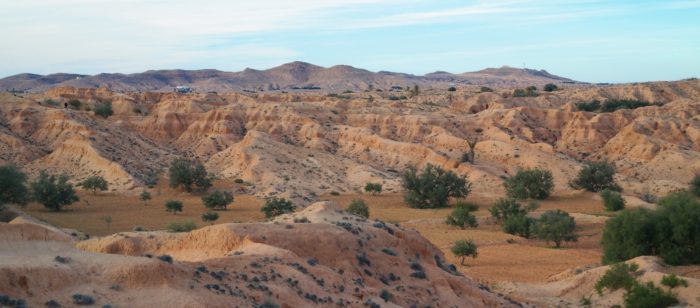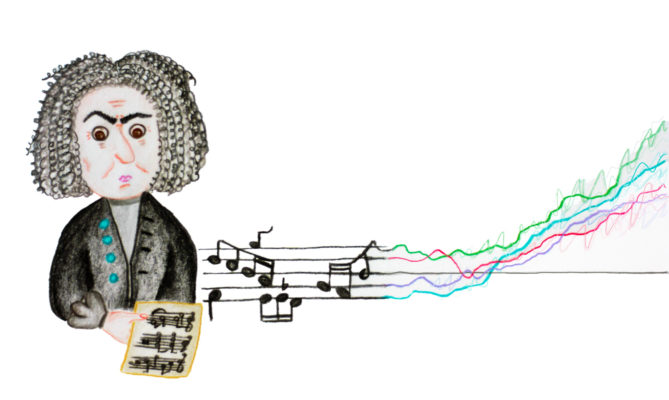‘Women in Climate Science Campfire’ event On November 7th, 2022, the EGU Climate Division outreach team hosted a campfire event, a series of online presentations on ‘women in climate science,’ where we covered subjects from the current state of knowledge on women being affected by climate change to many of the challenges female scientists faced (or faces) in the current societal landscape. Followi ...[Read More]
Feeling the Heat: The Grilled Earth

Nowadays, there are plenty of media reports about the impacts of climate change around the world. Glaciers are disappearing, gigantic craters form in Siberia as the previously frozen ground thaws, the sea is threatening to swallow entire islands, floods cause large damages to people and economy, heat waves periodically destroy crops and can reach dangerous levels for people’s health. And this is o ...[Read More]
Desert loess: formation, distribution, geoscientific value

Loess is an aeolian (wind-driven) silty sediment covering over 10% of the Earth’s land surface; it occurs predominantly in the mid-latitudes. On a global scale, loess is among the most widespread unconsolidated sediments, and of crucial importance for agricultural regions where loess deposits are known to form fertile soils because of its ability to store water and retain nutrients. Loess is compr ...[Read More]
Climate models and Bach’s unfinished fugue

Johann Sebastian Bach’s last work – Contrapunctus XIV – is an unfinished musical composition. For many years, scholars considered that this piece was left unfinished because of Bach’s deteriorating health in his final years and eventual death. However, researchers recently found evidence that Bach might have left this piece intentionally unfinished, as he thought that there was still room for impr ...[Read More]

